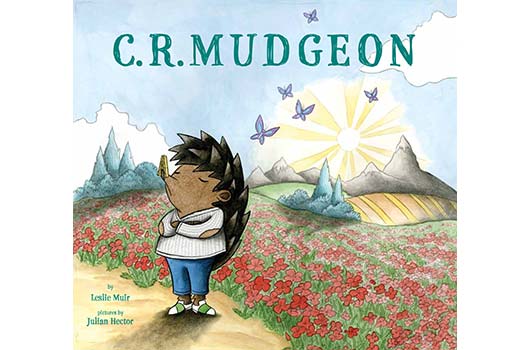7. MEDICINE JUST BECAUSE IT “LOOKS SAFE”
Maybe the box has brightly-colored letters, says “for children,” and comes in grape flavor. Maybe the advertisement shows a sick kid being tended to by a concerned parent. But looks can be deceiving, and even dangerous. In an interview with the FDA, Dianne Murphy, M.D., the director of FDA’s Office of Pediatric Therapeutics, explains that if a product “is to be used only for children, then it must be studied in the pediatric population. However, many therapies are developed for adults and then used in children without having been studied in children.” In other words, if a medicine is self-proclaimed safe for children and adults, it may never have been tested on children. “Most medicines intended for children, including many over-the-counter (OTC) products, haven’t been clinically studied in children,” says Murphy. It’s scary, but true. And Rodale, a health-related website, reports that studies have found that “86 percent of the time, parents thought… medicine was OK for a child under 2, even though the product label stated to consult a physician before giving it to a child of that age.” And what influenced their decision? “[Caregivers] reported being influenced by images such as babies, teddy bears, and droppers, words such as “infant” on the package, and statements such as ‘Pediatrician Recommended.’” Ask your pediatrician—and even your pharmacist, if you’re looking for a product at the pharmacy—about the safety as well as the active ingredients in any medication, making sure to make clear the age of your child, any allergies he or she might have, and whether he or she is taking any other medications, OTC or otherwise.

 I’m Latina, and I Don’t Speak Spanish
I’m Latina, and I Don’t Speak Spanish 










